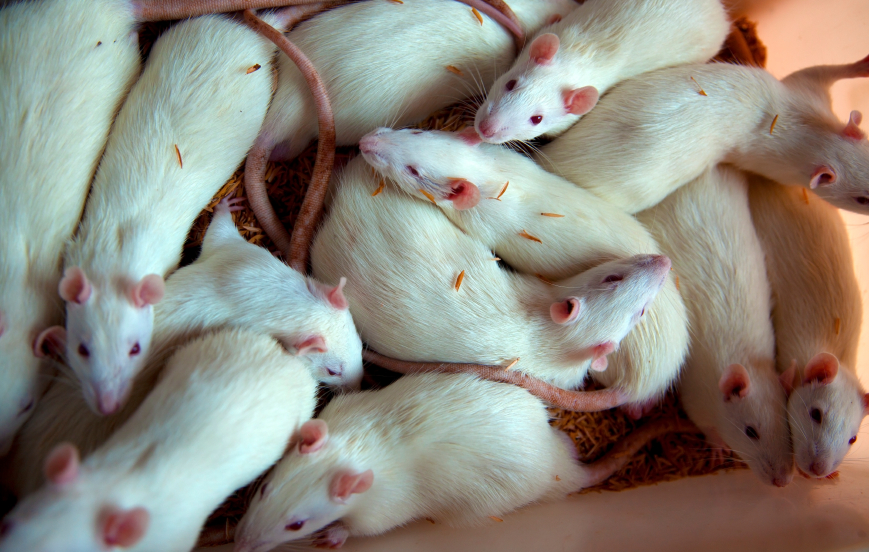Mania-like State Produced in Rats By Kindling the Lateral Hypothalamus
The lateral hypothalamus is responsible for certain physiological functions (the sleep-wake cycle, appetite, energy expenditure, and sexual functions) that are disrupted during mania. At the 2014 meeting of the International Society for Bipolar Disorders, researcher O. Abulseoud et al. presented evidence that a mania-like state could be produced in rats by “kindling” the lateral hypothalamus with an electrode.
The kindled rats engaged in more motor activity; less rest; more sexual self-stimulation; excessive rearing, feeding, and grooming; and more ethanol consumption. Non-kindled rats (and those kindled in other areas such as the nucleus accumbens shell and the infralimbic cortex) did not engage in this combination of behaviors.
To test the similarity between the mania-like behaviors and human mania, the researchers treated the kindled rats with saline solution, lithium, or valproic acid. Lithium and valproic acid reduced these behaviors significantly compared to the saline solution. These treatments also produced long-term increases in mRNA for certain genes (Per1 and CLOCK) that are dysregulated in people with mania.
This animal model may become useful in future research on manic psychopathology in humans.


